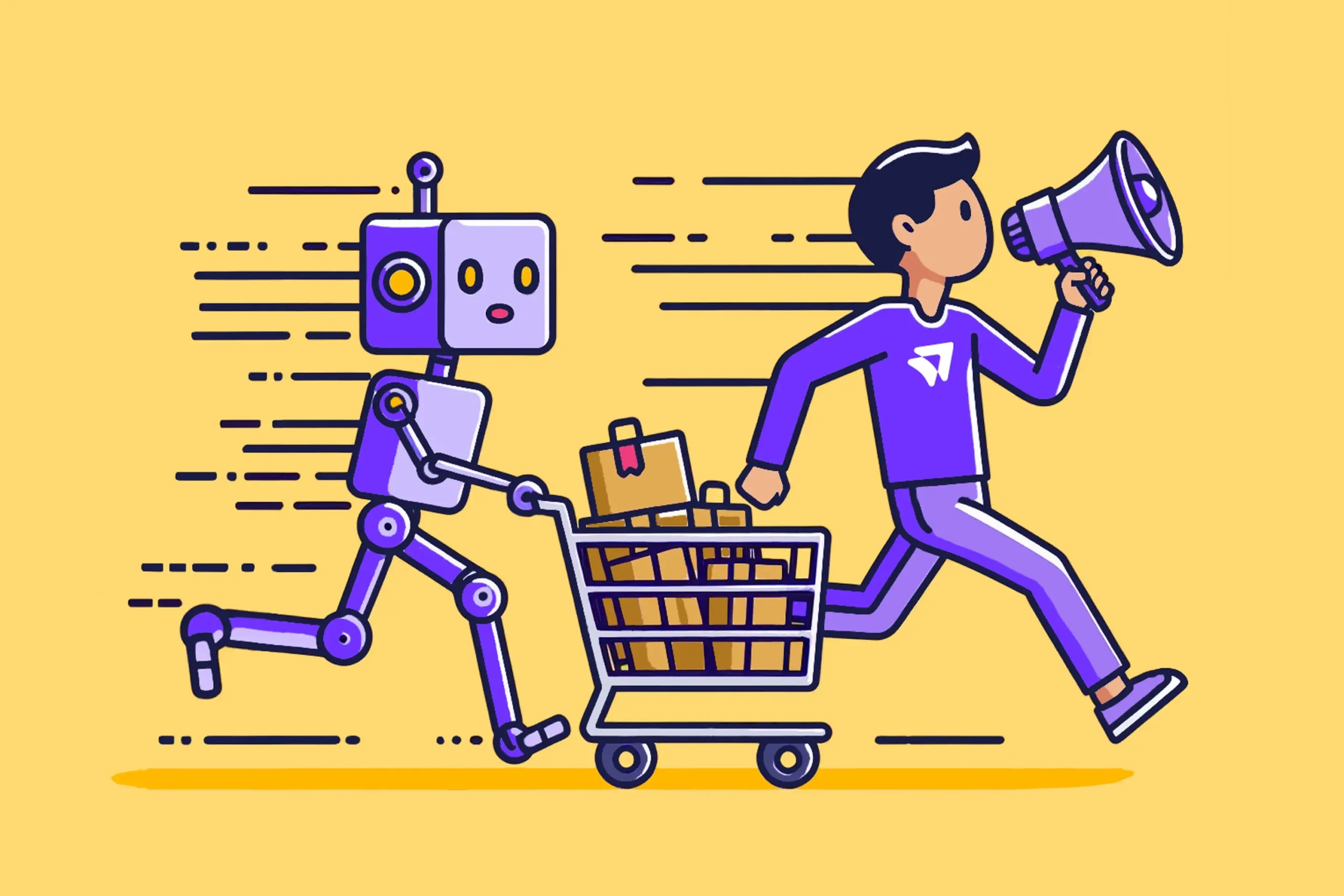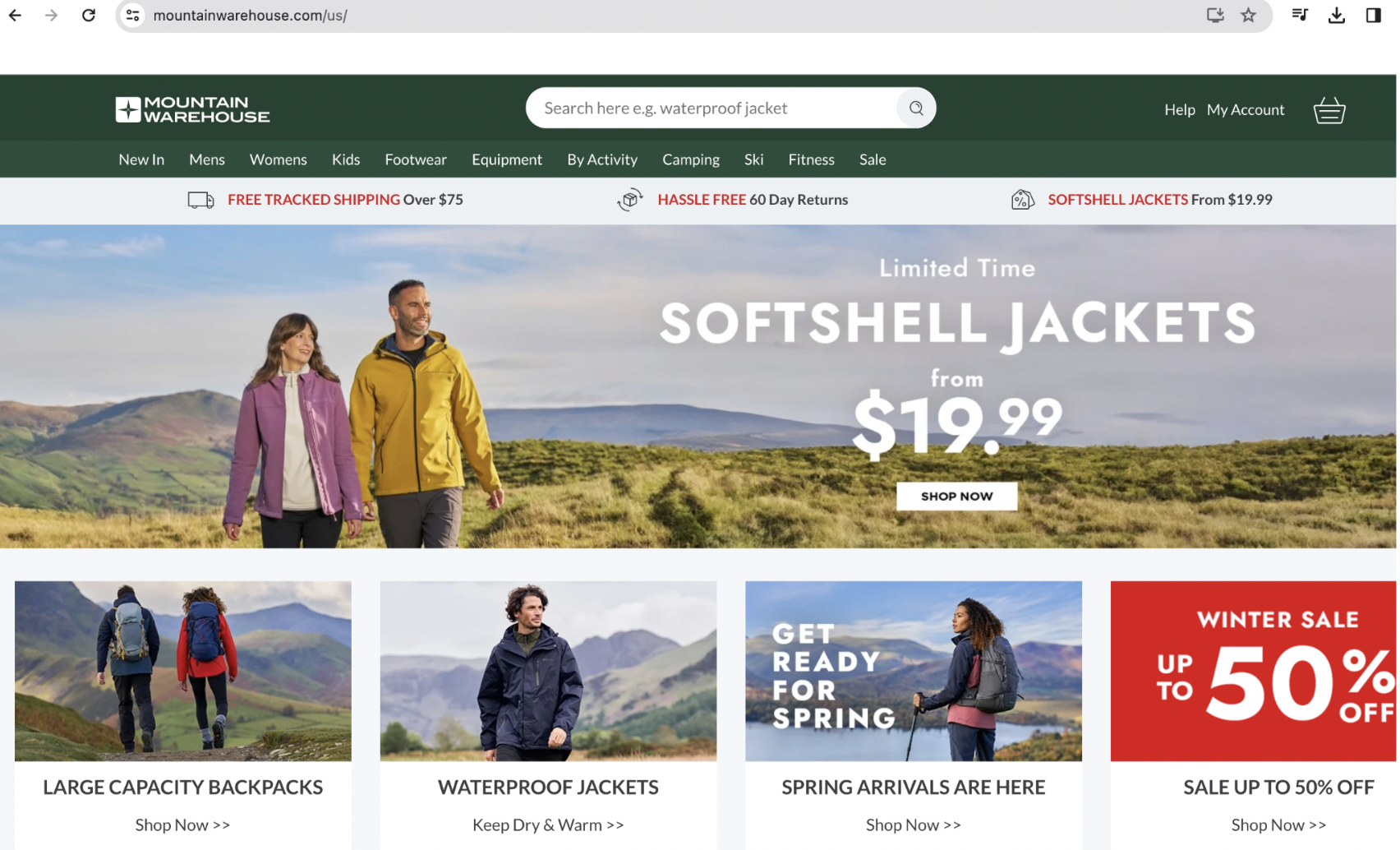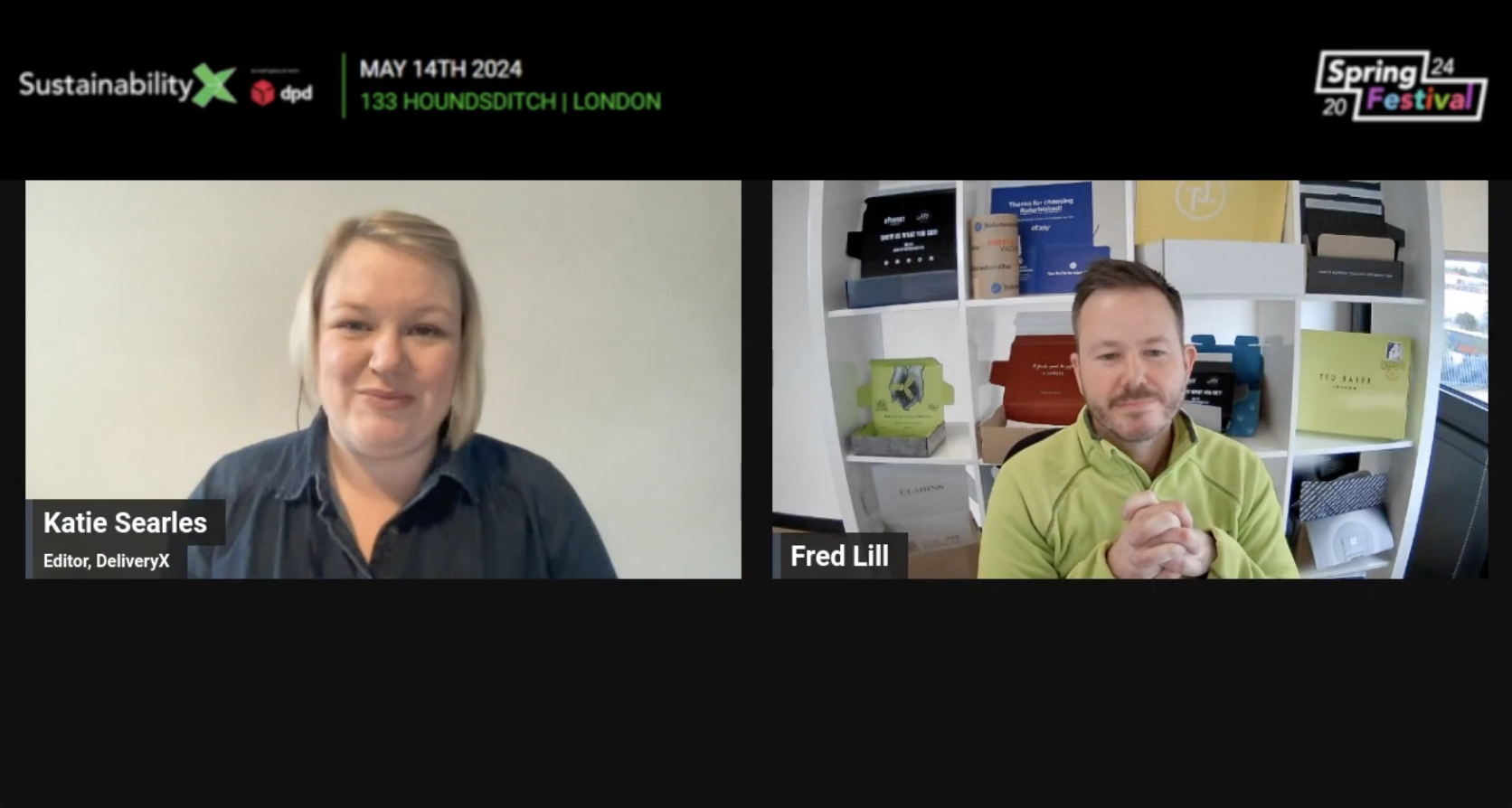The runaway success of ecommerce over the last decade or so has wrought considerable changes on the way that consumers shop and the way that the retail and delivery industries both ship and shape their businesses, writes Dr Steve Perry, Chairman, Parcel for Me.

Dr Steve Perry, Parcel for Me
Speed and convenience of delivery have become critical factors in growing the volume of sales completed.
Services which were once considered premium offers – associated with B2B consignments and hefty surcharges – such as next-day and timed slots have become more frequently available to consumers as retailers have responded to shoppers’ increasingly refined tastes so as not to lose orders.
Indeed, it seems that the range of delivery options grows almost month-by-month.
Yet one critical element of the entire equation has remained largely unaddressed, at least until now.
Last week, the launch of a new e-commerce platform, Parcel for Me, heard one of the most senior and well-respected figures in British retail, Sir Ian Cheshire, admit that the problem of cart abandonment remained unresolved, more than decade after he commissioned a report into how it could be overcome.
The precise scale of the issue is difficult to pin down. Perhaps understandably, retailers are shy of revealing the true number of prospective purchases which are abandoned before being completed.
One reliable estimate, however, put the global total of abandonment at £2.6 trillion per year – roughly twice the value of goods actually bought online.
In short, it is a massive headache.
Whilst the size of the problem may differ depending on whom you speak to, the reasons for it occurring in the first place are better known. The choice or cost of delivery and the time taken to navigate a retailer’s virtual checkout are among those most commonly cited.
I think it’s interesting that although the various method of delivery, for instance, have shifted from home delivery to ‘click and collect’ and locker boxes in response to consumer demands for more flexibility, what appears to be the next logical step in the process of tackling abandonment – putting shoppers in control of the checkout – hasn’t been brought to market until now.
As Sir Ian himself remarked, a friction-free checkout should be the objective of every retailer – big or small.
If someone has taken the trouble to select an item and go to the checkout with payment card in hand, they have indicated a clear desire to make a purchase. It’s almost counter-intuitive to offer a product and then put obstacles in the way of anyone wanting to buy it.
Every single case of cart abandonment is an example of a dissatisfied customer. With an increase in transactions conducted by mobile technology – and the difficulty in repeatedly typing details on smaller touchscreens – the potential for more dissatisfaction is evident.
Shoppers using Parcel for Me need only enter their personal and payment details and delivery preferences – once – via a smartphone app or at a retailer’s own checkout. It’s a secure process and makes those details available to other retailer websites taking advantage of the platform, so removing the need for repetitive form-filling.
That means the kind of frictionless purchase that Sir Ian and his peers value and consumers desperately want as well as offering the ability to make cart abandonment a thing of the past.
Parcel for Me doesn’t promote any one retailer or delivery firm – or even delivery management system straddling the two – but has the potential to grow volumes all-’round.
More sales, higher first-time delivery rates and shoppers getting what they want when they want is to everyone’s advantage.
Judging by the response from carriers, major retail brands, payment service providers and consumer groups to our launch, it is a development that has been long overdue.
That the means of ultimately preventing shoppers abandoning purchases is literally in the hands of consumers themselves – either in a smartphone app or via retailers’ websites – is a novel but fairly obvious step.






